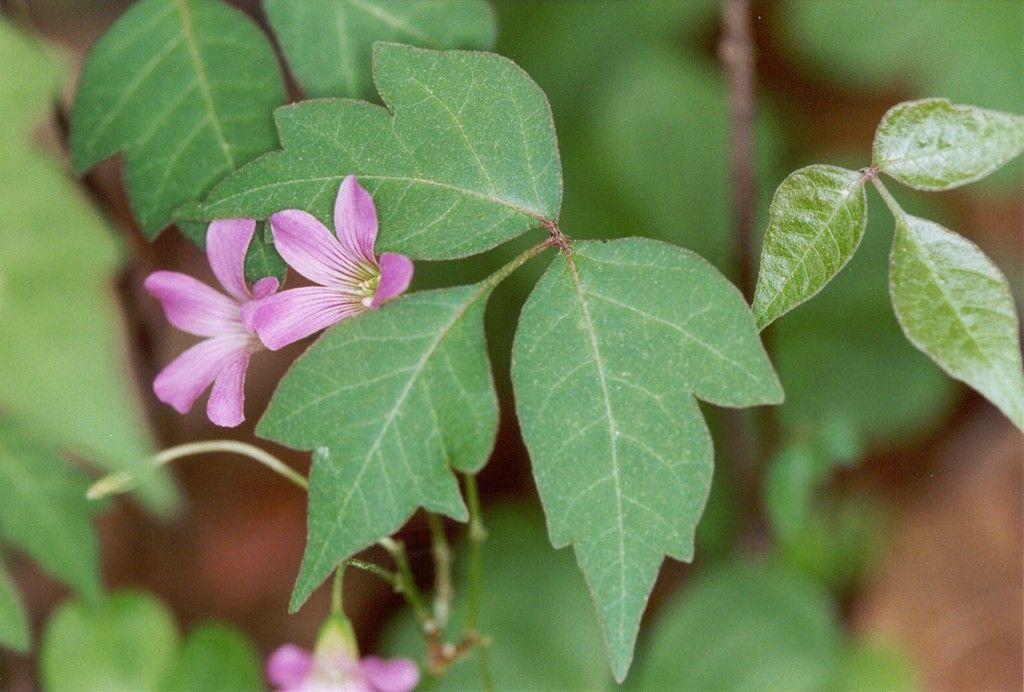
Poison ivy (Toxicodendron radicans)
Poison ivy, also known as Climbing poison ivy
In pop culture, poison ivy is often depicted as a troublesome weed due to its ability to cause severe skin irritation upon contact. Despite its innocent appearance, it can give a nasty rash to anyone who touches it. Interestingly, many animals consume it, and birds particularly enjoy its seeds. During the fall, its leaves turn a striking red. While Western poison ivy (Toxicodendron rydbergii) isn't seen as invasive in the U.S., it is considered a nuisance in Australia and New Zealand.
Key Facts About Poison ivy
Attributes of Poison ivy
Lifespan
Perennial
Plant Type
Vine
Plant Height
61 cm to 30 m
Spread
30 cm to 90 cm
Leaf Color
Green Yellow Red
Flower Size
3 mm to 1.2 cm
Flower Color
Green White Yellow
Scientific Classification of Poison ivy
Phylum
Vascular plants
Class
Dicotyledons
Order
Sapindales
Family
Cashew
Genus
Toxicodendron
Species
Poison ivy
Toxicity
contact with skin, ingestion